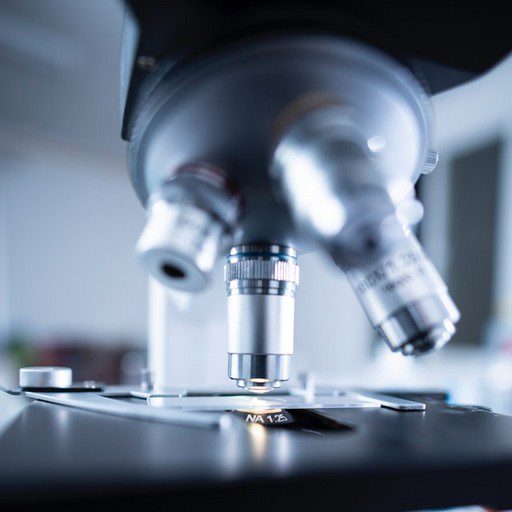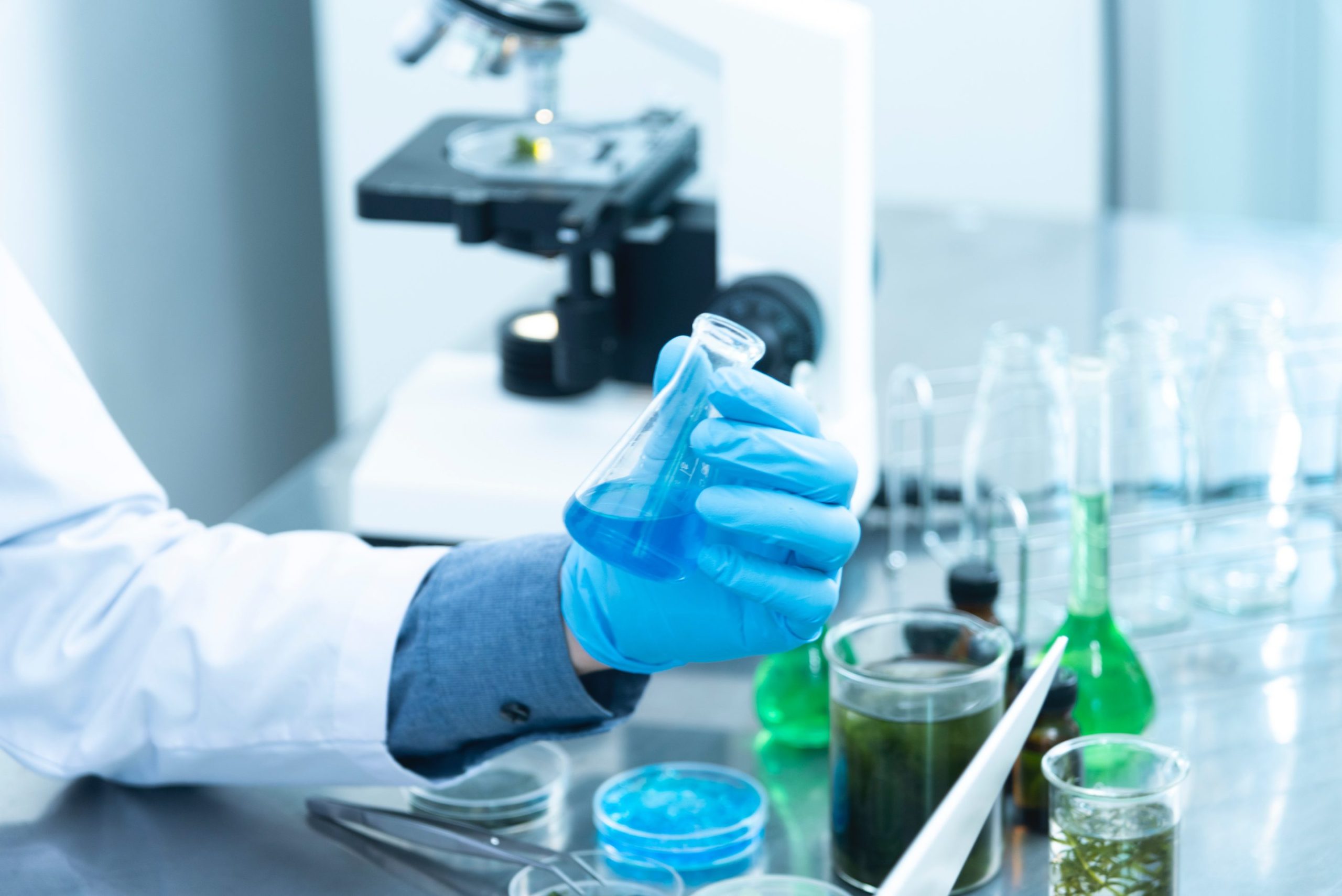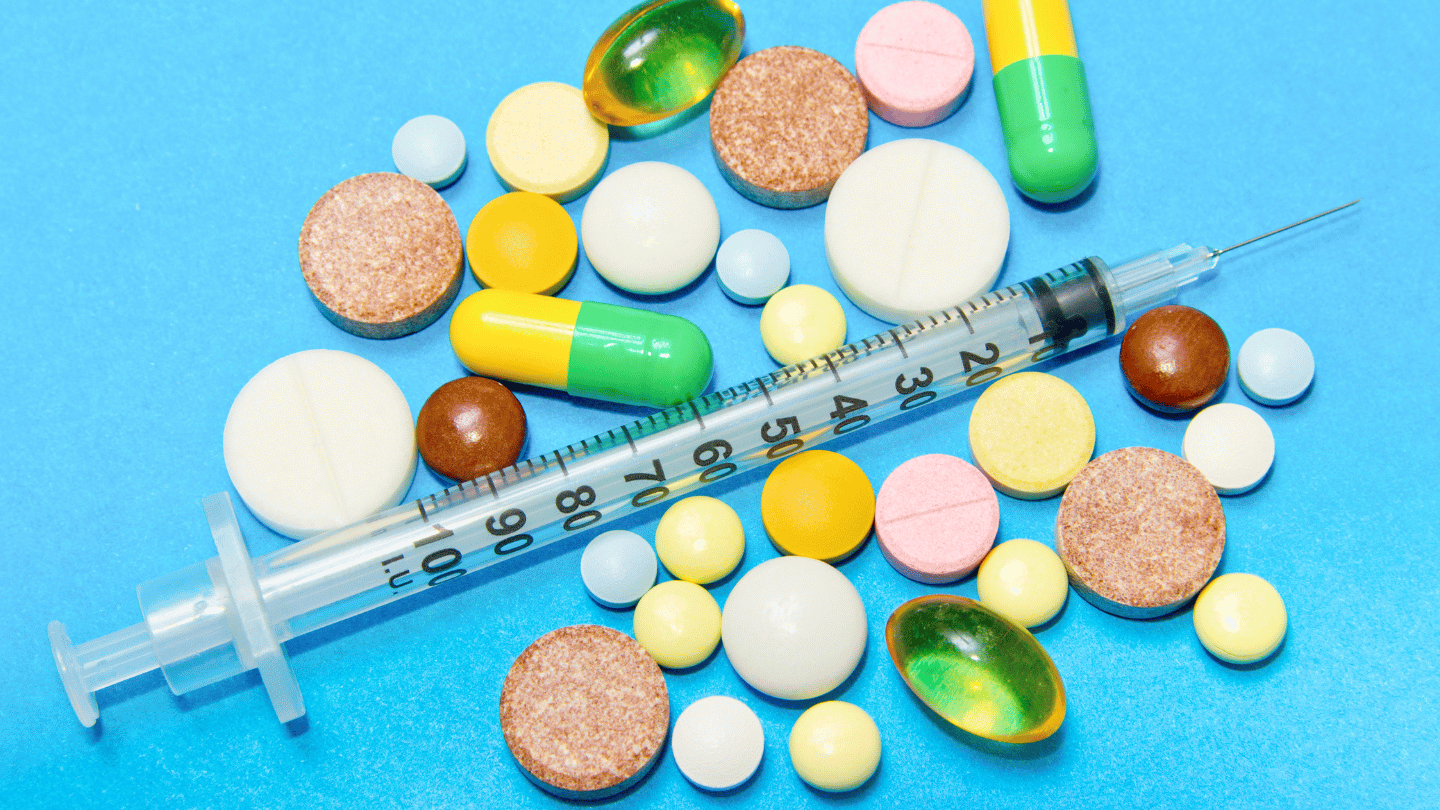Chlamydia and gonorrhea are two common sexually transmitted infections (STIs). They are most prevalent among people aged 20 to 35. Fortunately, they are also easily treatable if you recognize the signs and symptoms and get tested regularly if at risk.
Risky Behavior
Chlamydia and gonorrhea are typically spread through unprotected sex, including vaginal, anal, or oral sex with an infected person. You can reduce the risk of contracting these diseases by using condoms.
Screening for Chlamydia and Gonorrhea
The CDC recommends that all sexually active women who are 25 years and younger should be tested for gonorrhea and chlamydia every year. Women who are 25 years and older with risk factors, such as new or multiple sex partners or a sex partner who has an STI, should also be tested for gonorrhea and chlamydia annually.
The CDC also advises that all sexually active gay and bisexual men be tested at least once a year for chlamydia and gonorrhea.
Chlamydia and Gonorrhea: Signs and Symptoms
Not everyone has symptoms when infected, which is the main reason why these infections are commonly passed on to others. When symptomatic, chlamydia and gonorrhea present similarly:
- Men: Often experience a burning sensation during urination and discharge from the penis. In more severe cases, it may also cause pain in the testicles (epididymitis).
- Women: Often experience a burning sensation during urination and discharge from the vagina. In more severe cases, it can cause pelvic inflammatory disease (PID), leading to abdominal pain and fevers.
For women, untreated infections can lead to scarring of the tubes, resulting in infertility and an increased risk of an ectopic pregnancy, which can be dangerous.
Patients infected rectally might experience rectal pain, rectal discharge, and bleeding.
Testing for Chlamydia and Gonorrhea
If you have a history of unprotected sex and experience the symptoms above, your doctor will likely treat you with antibiotics without testing. However, testing may be ordered in some cases, especially when no symptoms are present. This usually involves collecting a urine sample or a sample of cells using a swab from the penis or the vagina.
Your doctor may also test you for other STIs, like trichomoniasis, herpes, and syphilis.
Chlamydia and Gonorrhea Treatment
- Gonorrhea: Treatment typically consists of a single dose of an antibiotic, taken orally or injected intramuscularly.
- Chlamydia: Treatment may involve a single dose of a different antibiotic or, in more severe cases, a 7-14 day course.
It is strongly recommended to avoid having sex for a week after completing the antibiotics. Additionally, inform your partner(s) of your diagnosis and ensure they get treated to prevent reinfection and further spread of the disease.
How to Get Help
If you or your partner experience any of the symptoms above or test positive for an STI, do not delay in getting treatment. QuickMD can diagnose you via video chat and send a prescription for antibiotics directly to your pharmacy.
Click here to make an appointment or speak to a doctor now. If you want to get tested, you can order your STI test here and have it done at a LabCorp location close to you.
















